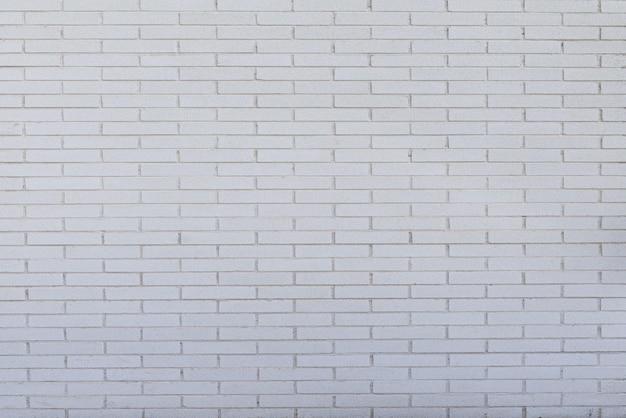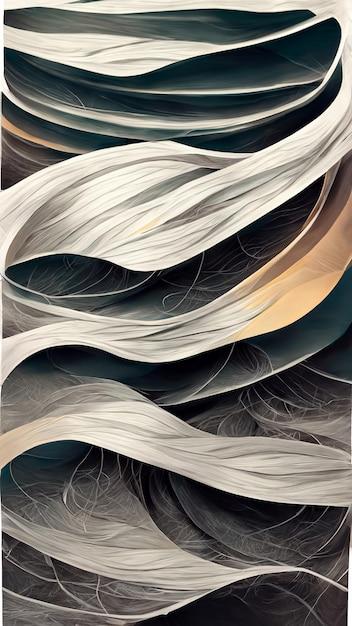Do you ever look at a piece of art or a photograph and notice the way it feels, even though you’re not physically touching it? That sensation you experience is texture, and it plays a vital role in how we perceive the world around us. In the world of art and design, texture is an essential element that adds depth and interest to a composition. But did you know that there are different types of texture? In this blog post, we’ll explore the difference between two key terms: actual texture and visual texture.
When we think of texture, we often think of the physical surface of an object or material. For example, the roughness of a tree bark or the smoothness of a glass surface. This physical quality is what we refer to as actual texture. It’s the texture that we can feel with our hands and perceive through touch. However, in the world of visual art and design, another type of texture comes into play – visual texture.
Visual texture, also known as implied or simulated texture, is the illusion of texture created through artistic techniques. Artists can use various mediums to create this visual texture, such as brushstrokes, patterns, or shading. Unlike actual texture, visual texture is perceived through our eyes and imagination. It allows us to experience the sensation of texture without physically touching the surface.
In this blog post, we’ll delve deeper into the differences between actual and visual texture, exploring their unique characteristics and why artists and designers utilize them. So, let’s jump in and unravel the fascinating world of texture!

What is the difference between actual and visual texture?
When it comes to art and design, texture plays a significant role in creating depth and visual interest. But did you know that there are different types of texture? In this section, we’ll explore the difference between actual texture and visual texture.
Actual Texture: Adding a Little Bit of Oomph to Your Art
Actual texture, also known as tactile texture, is all about those physical qualities you can touch and feel. It’s like adding a little bit of oomph to your art. Imagine running your fingers over a painting and feeling the roughness of the brushstrokes or the smoothness of a polished sculpture. That’s actual texture in action!
This type of texture is not only visually appealing but also brings a unique sensory experience to art. By incorporating materials like wood, fabric, or even beads into your artwork, you can create textures that make your audience want to reach out and touch.
Visual Texture: Tantalizing Your Eyes without Touching
Now, let’s shift gears to visual texture, which is all about tantalizing your eyes without actually touching anything. It’s like creating an optical illusion that tricks your brain and makes you believe you’re experiencing real texture.
Visual texture relies on artistic techniques to simulate the appearance of different textures. Think about a painting that depicts the rough bark of a tree using carefully applied brushstrokes or a photograph that captures the soft, velvety texture of a flower petal. These are examples of visual texture in action.
The magic of visual texture lies in the artist’s ability to evoke the sensation of touch through visual clues. It’s like fooling your brain into thinking you’re feeling something textured, even though it’s just an image.
Getting the Best of Both Worlds
Now that we know the difference between actual and visual texture, you might be wondering, “Why choose one over the other?” Well, here’s the thing: you don’t have to!
Artists often combine actual and visual texture to create captivating and multi-dimensional artworks. By incorporating both tactile and visual elements, they can engage the audience on multiple sensory levels.
So, the next time you’re appreciating a piece of art, take a moment to consider the textures at play—whether you can physically touch them or just experience them with your eyes. After all, texture adds that extra something that brings art to life!
In conclusion, while actual texture allows us to physically feel the materiality of artwork, visual texture tricks our eyes into perceiving different textures without any physical interaction. Both have their unique charm and are often combined by artists to create captivating pieces that stimulate our senses. So, the next time you encounter a visually or tangibly textured artistic creation, take a moment to appreciate the thought and skill that went into it. Art truly is a delightful tapestry of sensations!

FAQ: What is the Difference Between Actual and Visual Texture?
How do you describe texture
Texture is the characteristic surface quality of an object or material that can be perceived through touch or visually. It adds depth, interest, and sensory experience to our surroundings. Think of it as the way something feels or appears to feel.
What does texture mean in a photo
In photography, texture refers to the visual representation of surface characteristics within an image. It captures the fine details, patterns, and roughness of objects, bringing a tactile quality to the flat medium of a photograph.
What is texture and examples
Texture encompasses all the tactile qualities in an artwork or object, accentuating its visual appeal. Examples of texture include the roughness of tree bark, the smoothness of glass, the softness of fabric, or the graininess of sand.
What is a texture picture
A texture picture is an image that emphasizes the surface qualities and details of objects or materials. It focuses on capturing the intricate patterns, lines, and irregularities that make an object’s texture visually intriguing.
How do you describe bumpy texture
A bumpy texture is characterized by irregular or uneven surfaces that have raised areas, creating a sense of roughness when touched. It’s like running your fingers over a cobblestone road or feeling the jagged edges of a piece of coral.
How is texture created
Texture is created through various artistic techniques and materials. Artists can incorporate texture by applying thick paintbrush strokes, using textured mediums like sand or gels, or by physically manipulating the art surface with tools to create ridges and bumps.
Why do artists use texture
Artists use texture to enhance the sensory experience of their work and evoke emotions in the viewer. It adds visual interest, depth, and a tactile quality, making the artwork more captivating and engaging. Texture adds another dimension to the artist’s expression.
What is the difference between virtual or actual texture and visual texture
Virtual or actual texture refers to the physical, tactile quality of a surface that can be touched and felt. On the other hand, visual texture refers to the illusion of texture created through visual techniques, such as shading or patterns, without any physical sensation when touched.
What is the difference between actual and visual texture
The main distinction between actual and visual texture lies in the sensory experience. Actual texture is the physical sensation of touch when interacting with the surface, while visual texture is the perception of texture solely through sight. One is tangible, while the other is simulated.
What is the difference between visual texture and physical texture
Visual texture refers to the illusion of texture created using visual cues in artwork or design. It is the representation of texture through the arrangement of lines, colors, and patterns. Physical texture, on the other hand, involves the actual tactile sensation and physical qualities of the surface. One appeals to the eye, while the other engages both sight and touch.
By understanding the difference between actual and visual texture, you’ll gain a deeper appreciation for the artistic techniques employed and the multisensory experiences that texture brings to our world. So next time you run your hand over a bumpy surface or marvel at a photograph’s intricate detail, you’ll know exactly what sets apart the real from the imagined.
